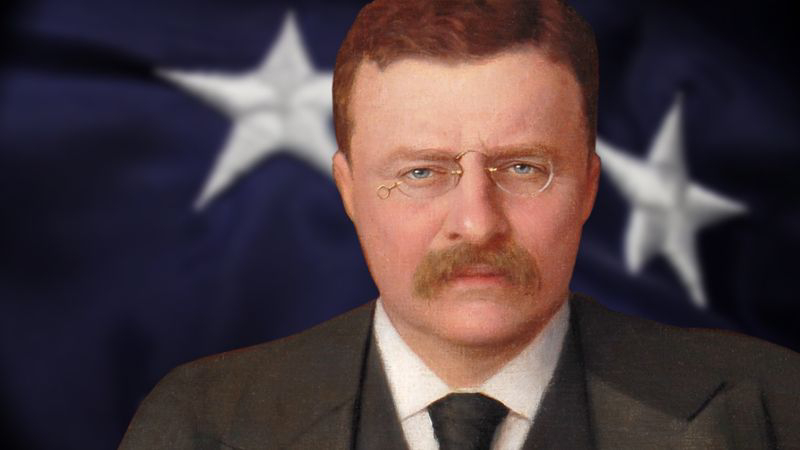Welfare Capitalism- Part Ten- Modern Age
Consumerism As more and more goods became available to more and more people, the desire to obtain goods became pivotal in the desire to work. In the 1800's this meant the poorest people were desiring enough money to enjoy luxuries such as salt, sugar, coffee, and tea. In the 1900s however, the poorest people were desiring radios, television and cars. "The main spur to trade, or rather to industry and ingenuity, is the exorbitant appetite of men, which they will take pain to gratify ." - John Cary Working class people would see a neighbor come home with a car and they would desire to also own one. It was a point of pride to be the first in the neighborhood to own a radio, TV or car. Our economy is built on people wanting things. (10th commandment) The popularity of products leads to improved products and competing products. If people didn't want the cool things their neighbors wanted then the demand for goods would go down and we won't see as exciting products such...







